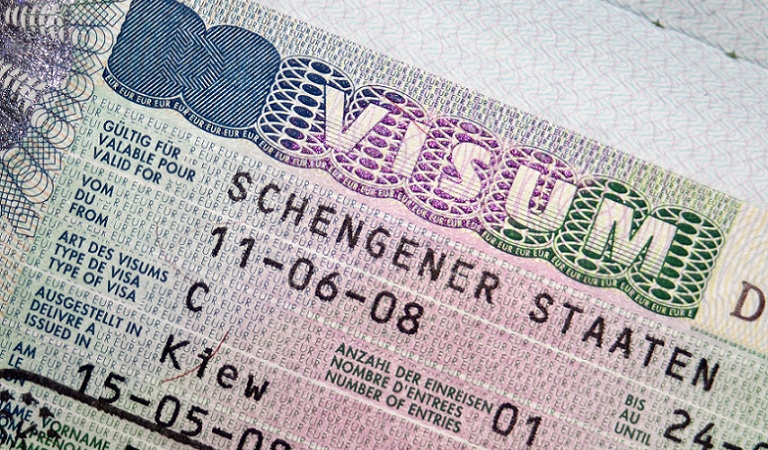If Poland is not your final destination and during your travel you just have to spend a bit of time in the territory of Poland or another Schengen state, what you need is an A-type transit Visa. For example, let’s say you have a layover in Poland and waiting for your plane to take you to your final destination you are officially in transit within the European Union. If this is the case it is useful to read this information and this formality is extremely important to you.
Of course, you might want to try to obtain the Schengen Visa or National Visa instead of a Transit one, however – if you know that you visit the transit country just for a second, there is no need in doing so.
Do I need it a transit airport visa?
You have to obtain a transit Visa if your situation is one of the following:
– you do not intend to leave the transit area of the airport
– you are a citizen of one of the following countries: Afghanistan, Bangladesh, Democratic Republic of Congo, Eritrea, Ethiopia, Ghana, Iran, Iraq, Nigeria, Pakistan, Sudan or Sri Lanka
How to apply for a transit Visa?
Basically, you have to go to the diplomatic outpost of the country where your transit will take place and ask for the A-type airport transit VISA. Then you will be asked to fill out some forms and to deliver some documents.
Required documents
For adults:
1. One application form for a Schengen-Visa (duly completed and signed by the applicant in person). Visa application forms of minors (below the age of 18) need to be signed by at least one of their parents or the person exercising legal guardianship.)
2. Passport which must be valid for at least three months after the date of travel or the return to your home country, containing at least two empty pages and issued within the previous 10 years.
3. Two identical, recent passport photographs, meeting Schengen requirement
If applicable, documents related to the onward journey to the final destination, like for example visa or other entry permit for a third country of destination and a copy of tickets for the onward journey.
If a child is less than 18 years old you also have to provide some additional documentation:
1. Copy of the birth certificate and translation (into German, French, Italian or English)
2. If a child travels alone or is not accompanied by at least one of his/her parents, an authorization translated into English/Polish and signed by the parents in front of a notary is required (original and copy).
For children registered in parents’ passport:
1. One application form duly completed and signed by the parent in whose passport the child is registered
2. Two identical, recent passport photographs, meeting Schengen requirements (one stuck to the application form, the other attached).
3. Copy of the birth certificate and translation.
And this is it. If you have any other questions, let us know!
If you are still unsure what kind of Visa to apply for, check out our legalities for non-eu citizens page to ensure you get all the legalities in place before travelling to Poland.
[fbcomments url=”http://www.foreignersinpoland.com/transit-visa/” width=”100%” count=”off” num=”5″ countmsg=”wonderful comments!”]






